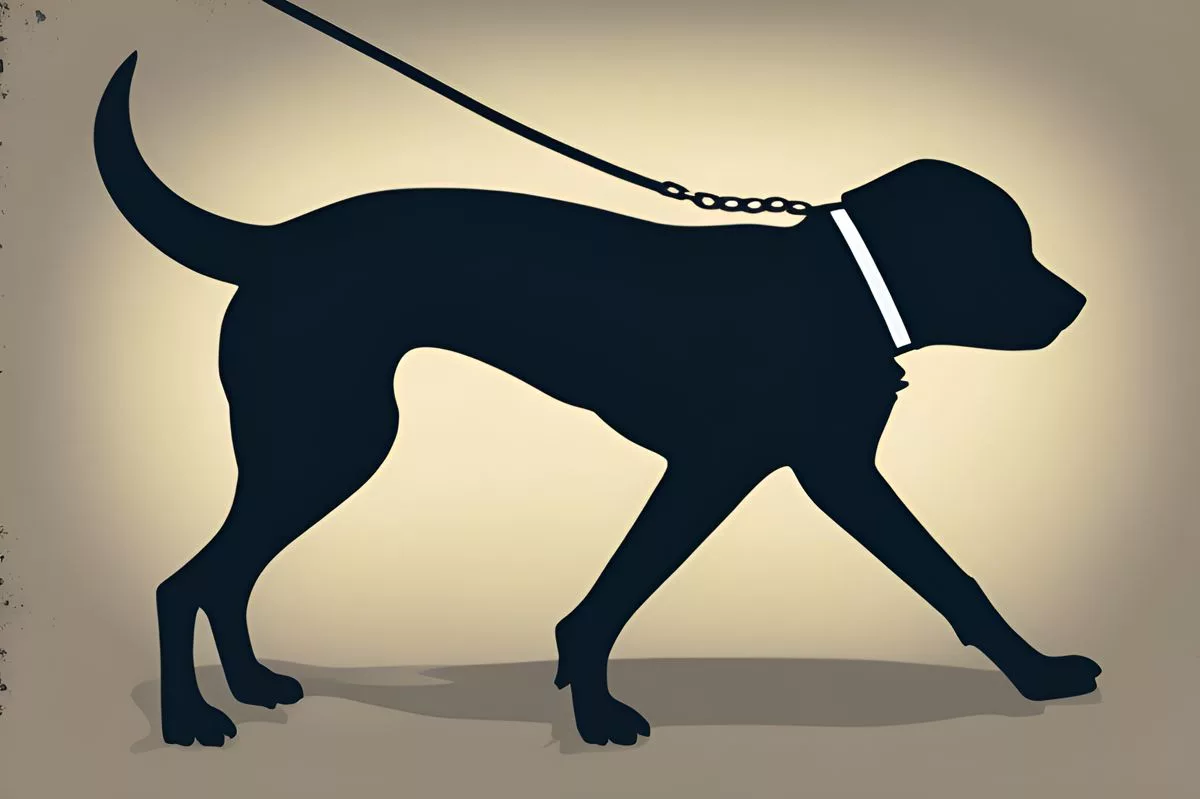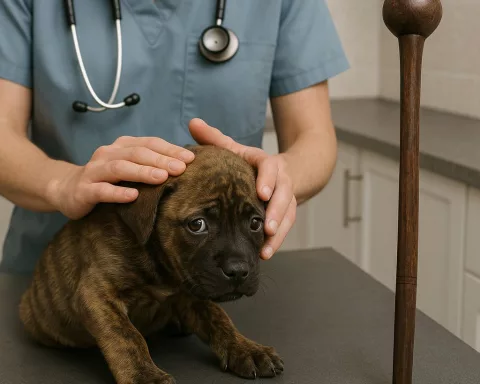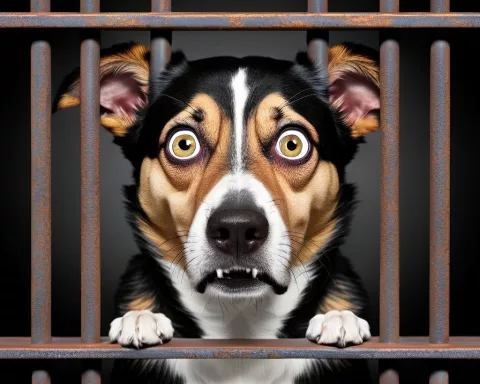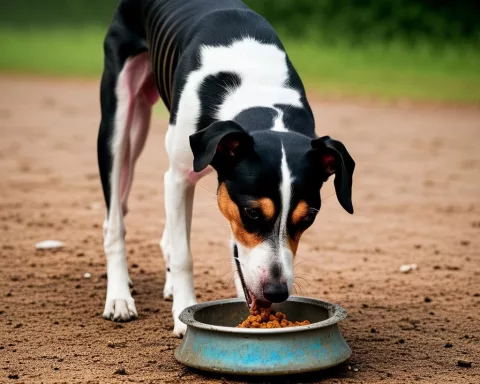The Animal Welfare Society of South Africa (AWS SA) warns pet owners to be vigilant while walking their pets in public spaces due to numerous reports of dogs being poisoned by drug-contaminated substances littered in city parks. Homeless individuals battling drug addiction and lacking basic sanitation facilities have increased the threat to pet safety. The organization urges pet owners to seek immediate veterinary intervention if their pet shows signs of poisoning. The objective is to decrease the risk this pattern poses to South Africa’s cherished pet population through heightened awareness and prompt action.
AWS SA’s Urgent Advisory to Pet Owners Amid Rising Safety Concerns
Exercise more care while walking pets in public spaces, warns the Animal Welfare Society of South Africa (AWS SA). The organization has issued an immediate plea to pet owners following countless reports of dogs becoming victim to poisoning due to accidental consumption of drugs littered across city parks. The rising population of homeless individuals battling drug addiction and lacking basic sanitation facilities has increased the threat to pet safety. Pet owners are encouraged to remain alert and seek immediate veterinary intervention if their pet shows signs of poisoning.
Amid escalating concerns, the Animal Welfare Society of South Africa (AWS SA) has delivered an immediate plea to pet owners: exercise more care while walking pets in public spaces. This urgent warning comes following countless reports signifying a distressing trend – dogs becoming victim to poisoning due to accidental consumption of drugs littered across city parks.
A Disturbing Incident Ignites Concern
A significant event in this troubling pattern occurred recently. Larry, a seven-month-old pup, fell prey to this unsettling circumstance. During a leisurely walk with his owner, Larry stumbled upon human feces, suspected to be drug-infused, situated in a flower bed next to a Claremont walkway. After unknowingly ingesting the contaminated substance, Larry’s health took a swift downturn, requiring immediate medical attention.
AWS SA broadcasted the dog owner’s narrative on social media, illustrating a horrifying scenario. Upon returning home from their stroll, the owner noticed that Larry’s condition had shockingly deteriorated. His behavior was irregular, and his anxious state reflected the symptoms that soon escalated into a critical health emergency requiring immediate veterinary treatment.
According to the attending vet, the symptoms displayed by Larry were indicative of poisoning, potentially resulting from the consumption of ‘tik’ or a comparable substance. This diagnosis underlines the seriousness of the situation, prompting pet owners about the hidden threats in seemingly benign public locations.
The Increasing Threat to Pet Safety
Adding to the distress, the dog owner also shared her sister’s experiences, who works as a professional animal behaviorist. She had also come across similar occurrences with dogs she looks after during walks at the Glen in Camps Bay. She validated additional incidents at Keurboom Park and Rondebosch Common, dog-walking areas favored by the local pet-owning community.
Fortunately, Larry made a miraculous recovery, but the horrifying incident left a lasting imprint on his owner. In retrospect, she vowed to keep a supply of activated charcoal, a recognized remedy for poisoning, readily available.
This narrative isn’t just a sobering reminder; it’s an eye-opener, an appeal for heightened vigilance among pet owners. The intent is to increase awareness about potential dangers lurking in public spaces, considering the rising population of homeless individuals battling drug addiction and lacking basic sanitation facilities.
AWS SA’s Emphasizes Vigilance for Pet Safety
AWS SA has echoed this alert, urging pet owners to protect their pets conscientiously, particularly in parks and other public spaces visited by drug addicts. Allan Perrins, an AWS SA representative, alerts that drug-contaminated human feces are not an isolated phenomenon in these places. He emphasizes the need for immediate veterinary assistance if pet owners suspect their pet has consumed any toxic substance.
In summary, this emerging pattern of dogs being poisoned by drug-infused substances in public spaces is unnerving. Pet owners are encouraged to remain alert, putting their pets’ safety first when exploring public areas, and seeking immediate veterinary intervention if their pet shows signs of poisoning. The objective is to decrease the risk this pattern poses to South Africa’s cherished pet population through heightened awareness and prompt action.
What is the Animal Welfare Society of South Africa (AWS SA) warning pet owners about?
AWS SA is warning pet owners to exercise more care while walking their pets in public spaces due to the increasing number of reports of dogs being poisoned by drug-contaminated substances littered in city parks.
Why has the threat to pet safety increased?
The threat to pet safety has increased as the rising population of homeless individuals battling drug addiction and lacking basic sanitation facilities have increased the risk to pets.
What should pet owners do if their pet shows signs of poisoning?
Pet owners should seek immediate veterinary intervention if their pet shows signs of poisoning.
What happened to Larry, the seven-month-old pup?
Larry, the seven-month-old pup, fell victim to this trend after unknowingly ingesting drug-infused human feces in a flower bed next to a Claremont walkway during a leisurely walk with his owner.
What is AWS SA’s emphasis on vigilance for pet safety?
AWS SA emphasizes the need for pet owners to protect their pets conscientiously, particularly in parks and other public spaces visited by drug addicts, and immediate veterinary assistance if pet owners suspect their pet has consumed any toxic substance.
What is the objective of AWS SA’s urgent advisory to pet owners?
The objective of AWS SA’s urgent advisory to pet owners is to decrease the risk this pattern poses to South Africa’s cherished pet population through heightened awareness and prompt action.












